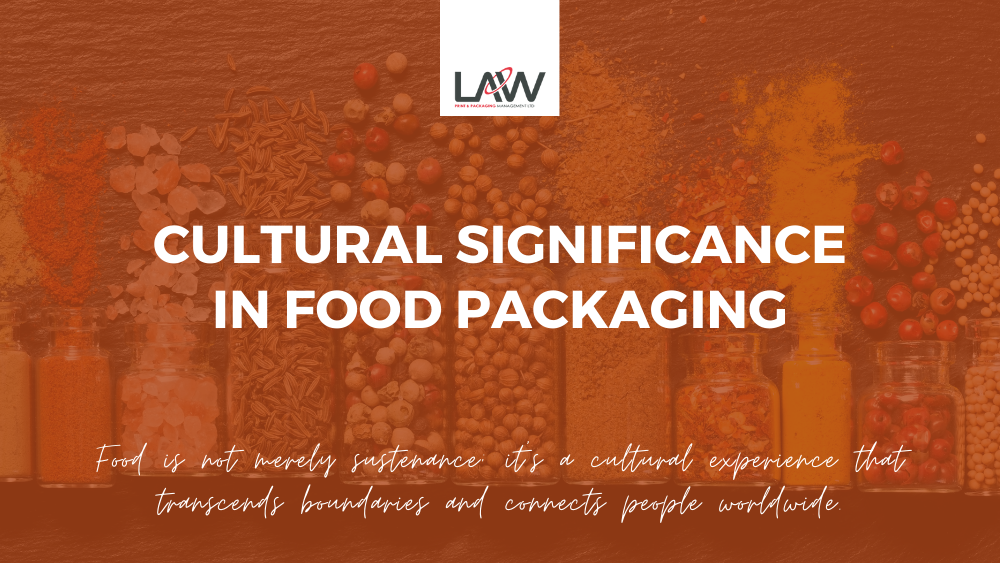Food is not merely sustenance; it’s a cultural experience that transcends boundaries and connects people worldwide. One often overlooked aspect of this culinary culture is food packaging. The way food is packaged, whether it’s the design, materials, or symbols, can carry profound cultural significance.
In this blog, we’ll delve into the fascinating world of food packaging and explore how it reflects and preserves traditions across different cultures.
Preserving History and Heritage
Food packaging is a time capsule of cultural history. Traditional packaging methods and materials have been passed down through generations, preserving the essence of a culture’s culinary heritage. Take, for example, Japan’s bento boxes. These elegant, compartmentalised containers have been used for centuries to pack meals and reflect the Japanese emphasis on aesthetics, balance, and presentation in their cuisine.
Similarly, India’s use of banana leaves as a natural packaging material for food like dosas and idlis is a testament to the country’s sustainable practices and deep connection to nature. These practices have not only stood the test of time but have also gained recognition as sustainable alternatives in the modern world.
Symbolism and Festivals
Food packaging often plays a crucial role in cultural celebrations and festivals. In Chinese culture, red envelopes or “hongbao” are used to package money as gifts during the Lunar New Year. The colour red symbolises good luck and warding off evil spirits, making these envelopes a cherished tradition.
In Mexico, during the Day of the Dead (Día de los Muertos), families prepare and share food offerings in colourful and intricately decorated altars. The packaging of these offerings often includes sugar skulls, marigold flowers, and traditional foods like pan de muerto (bread of the dead). These items are symbolic of honouring and remembering loved ones who have passed away.
Identity and Regional Variations
Food packaging can also serve as a marker of regional identity. In Italy, pasta packaging often features regional symbols, such as the Colosseum for Rome or the gondola for Venice, highlighting the pride Italians take in their diverse culinary traditions.
In the United States, products like Vermont maple syrup or Kentucky bourbon often come in bottles shaped like their respective states. This unique packaging not only distinguishes the product but also celebrates the cultural significance of these items in their respective regions.
Adaptation and Innovation
While traditional food packaging is deeply rooted in cultural practices, it’s important to acknowledge that cultures evolve over time. As societies change and globalisation advances, food packaging can adapt and incorporate modern elements. For example, Japanese bento boxes now come with convenient compartments for busy city-dwellers, making them suitable for modern lifestyles.
Additionally, the rise of eco-conscious consumers has led to innovations in sustainable food packaging materials worldwide. Many cultures are now transitioning to eco-friendly alternatives like mono material packaging, which aligns with global efforts to reduce plastic waste.
Conclusion
Food packaging is far more than a practical means of transporting and preserving food. It is a reflection of cultural identity, tradition, symbolism, and adaptation. It embodies the essence of a culture’s culinary heritage and serves as a window into the soul of a community. As we unwrap our favourite foods, we should take a moment to appreciate the rich tapestry of cultural significance that surrounds them, and how these traditions continue to shape our world in ever-evolving ways.
If your brand is looking to invest in sustainable packaging, we will guide you through the entire print process. Providing recommendations to improve efficiency, reduce costs and add untold value to the end product.
Contact us on +44 (0) 161 440 7302 or follow this link to complete our contact form.


